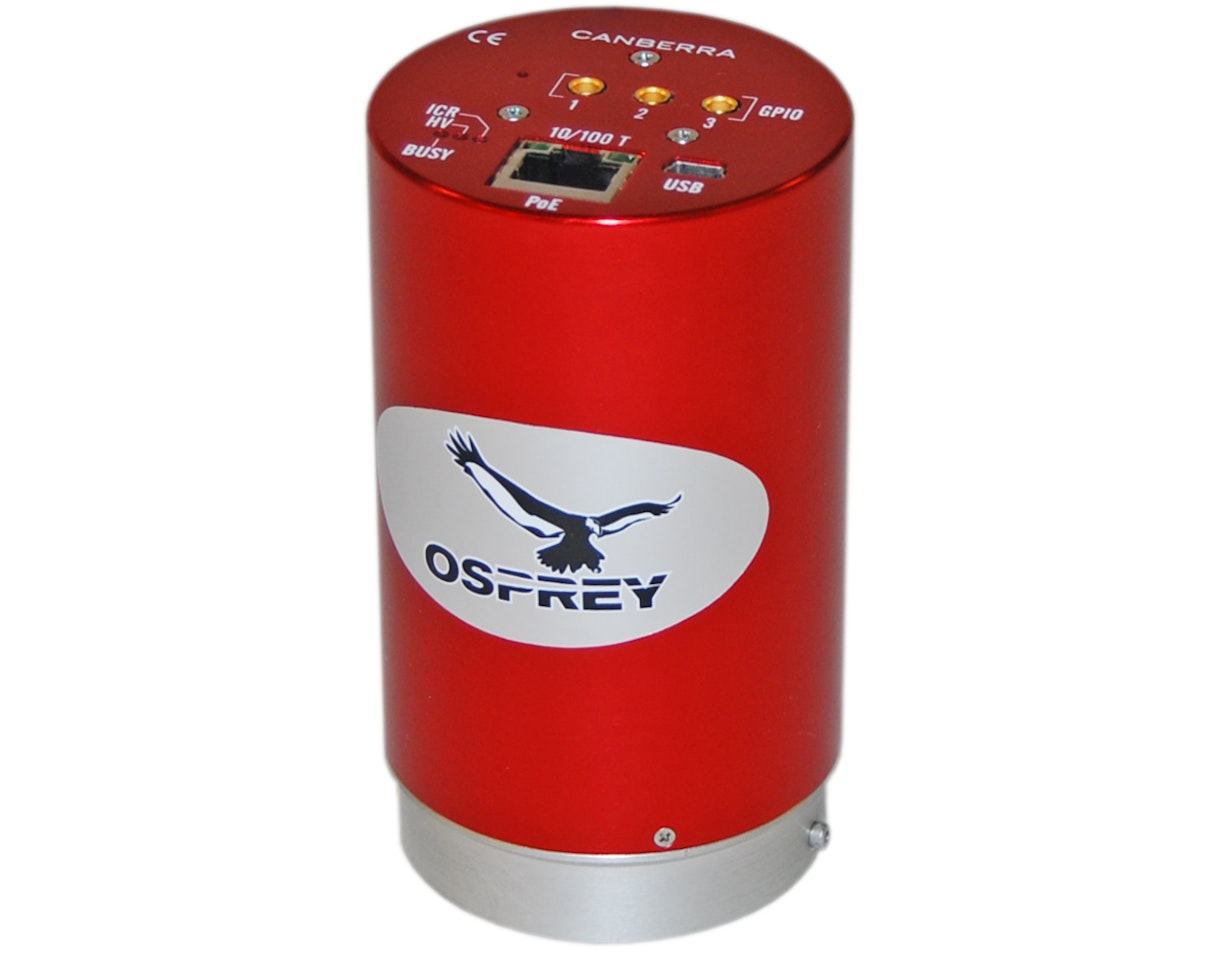
Embracing the Digital Edge: Advantages of Digital Equipment over Analog in Radiation Detection
Introduction
In the dynamic realm of scientific research and experimentation, technological advancements play a pivotal role in shaping the way we acquire, analyze, and interpret data. The Central Teaching Laboratory (CTL) at the University of Liverpool exemplifies this principle by employing a diverse range of gamma ray and neutron detection equipment. What sets the CTL's approach apart is their strategic integration of Mirion’s digital solutions for data acquisition and analysis. In this article, we explore the advantages of using digital equipment over analog, drawing insights from the CTL's innovative utilization of cutting-edge technology from Mirion.

A Fusion of Cutting-Edge Detection Tools
At the CTL, an array of Mirion gamma ray and neutron detection equipment forms the backbone of their experimental endeavors. Sodium iodide and germanium detectors, renowned for their accuracy and sensitivity, constitute the gamma ray detection arsenal. On the other hand, helium-3 detectors take the lead in neutron detection. These tools, which harness the unique interactions of radiation with matter, facilitate a comprehensive understanding of the phenomena under study.
Digital Solutions: A Gateway to Enhanced Performance
The pivotal transformation at the CTL comes with the integration of Mirion’s digital solutions to read out and monitor the performance of their detectors. This shift from analog to digital offers several advantages:
- Precision and Accuracy: Digital equipment excels in delivering precise and accurate measurements. Unlike analog counterparts, Mirion digital systems are less susceptible to spectrum degredation caused by changes in gain resulting from environmental temperature variations. This inherent stability ensures that data collected is of the highest quality, empowering researchers with confidence in their findings and reducing time wasted on trouble-shooting.
- Data Integrity and Reproducibility: The transition from analog to digital creates the opportunity to quickly record and store data in a standardized, preset format during acquisition and transmission. This guarantees data integrity and facilitates reproducibility, a cornerstone of scientific research. Through Mirion’s digital platforms, researchers can confidently revisit and validate experiments, bolstering the credibility of their work.
- Remote Accessibility and Monitoring: One of the standout advantages of digital solutions is the ability to interface with equipment remotely. The Osprey® system, powered through Ethernet, empowers the CTL to operate scintillator detectors from any network-connected location. Similarly, the Mirion Lynx® II system enables real-time monitoring and control of germanium and neutron detectors. This remote access not only offers convenience but also allows continuous observation over extended periods.
- In Use in the Field: Digital systems from Mirion represent the standard in real-world applications, allowing students to learn on the equipment they will encounter in their careers and setting them up for success.
Conclusion
The evolution of scientific instrumentation at the CTL, University of Liverpool, through Mirion epitomizes the advantages of embracing digital equipment over analog counterparts. The utilization of sodium iodide, germanium, charged particle, helium-3, and thallium fluoride detectors coupled with Mirion’s advanced digital solutions underscores the transformative impact of technology on radiation detection. As researchers continue to push the boundaries of knowledge, the synergistic blend of cutting-edge tools and digital innovation paves the way for breakthrough discoveries and a deeper understanding of the intricate world of radiation phenomena. The CTL's journey into Mirion digital solutions serves as a testament to the power of technology in enhancing research capabilities and advancing the frontiers of science.






